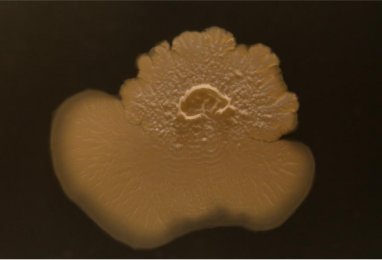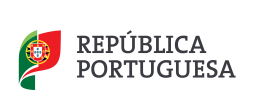From October 23 to 26, the Semibreve Festival returns to Braga with a diverse lineup that once again includes artistic proposals created by students from higher education institutions.
In the year that the festival celebrates its 15th edition, the program includes two installations by students from School of Arts (SoA), Isidora Correa and Rafael Maia, both PhD students in Science and Technology of the Arts.
The electronic music and digital art festival takes place at various locations in the city of Braga, such as the Bom Jesus Sanctuary, the Imaculada Chapel, the Theatro Circo, and Gnration, where the EA installations can be found.
Micro Ecologias da Mineração and SIFIE: Dark Matter can be visited from October 23.

Artists: Isidora Correa & Guy
Micro Ecologies of Mining combines sculpture, video, and sound art to explore the environmental implications of sustainable energy. The immersive installation shows the growth of extremophile bacteria from the Salar de Atacama—organisms that survive saline and arid conditions through cooperation. Among the oldest life forms on the planet, they symbolize resilience to environmental change, now threatened by lithium extraction. Glass sculptures replicate the morphology of salt crusts and contain biolixiviation with extremophiles to recover lithium from discarded batteries. An interactive system sonifies microbial color changes, translating living processes into a generative sonic ecology of mineral recirculation.
This work was developed within the scope of the Doctoral Program in Science and Technology of the Arts, at the School of Arts of the Portuguese Catholic University (CITAR), under the supervision of Professors Cristina Sá and Patrícia Moreira, with the support of the Foundation for Science and Technology (FCT), Portugal.

Photograph by Francisco Dias
Artist: Rafael Maia
SIFIE: Dark Matter is a sound installation that investigates our timbral relationship with sound and how it shapes the auditory reality we choose to inhabit. By extracting the possible timbral changes of a voice in dark matter, a scenario of auditory ambiguity is created around the sculpture, prompting the listener to consciously or unconsciously attribute a form to these sound objects. These cognitive responses reveal our auditory prejudices: what we replace or ignore in order to be able to deal with the uncertainty of everyday life. Once found, a point of acoustic convergence collapses all the possibilities generated by visitors into one, revealing the unaltered content of the voice. By confronting us with these two dimensions, the installation asserts itself as an act of resistance to imposed narratives.
This work was developed as part of the Doctoral Program in Science and Technology of the Arts at the School of Arts of the Portuguese Catholic University, under the supervision of Professor José Alberto Gomes.
More information here.




